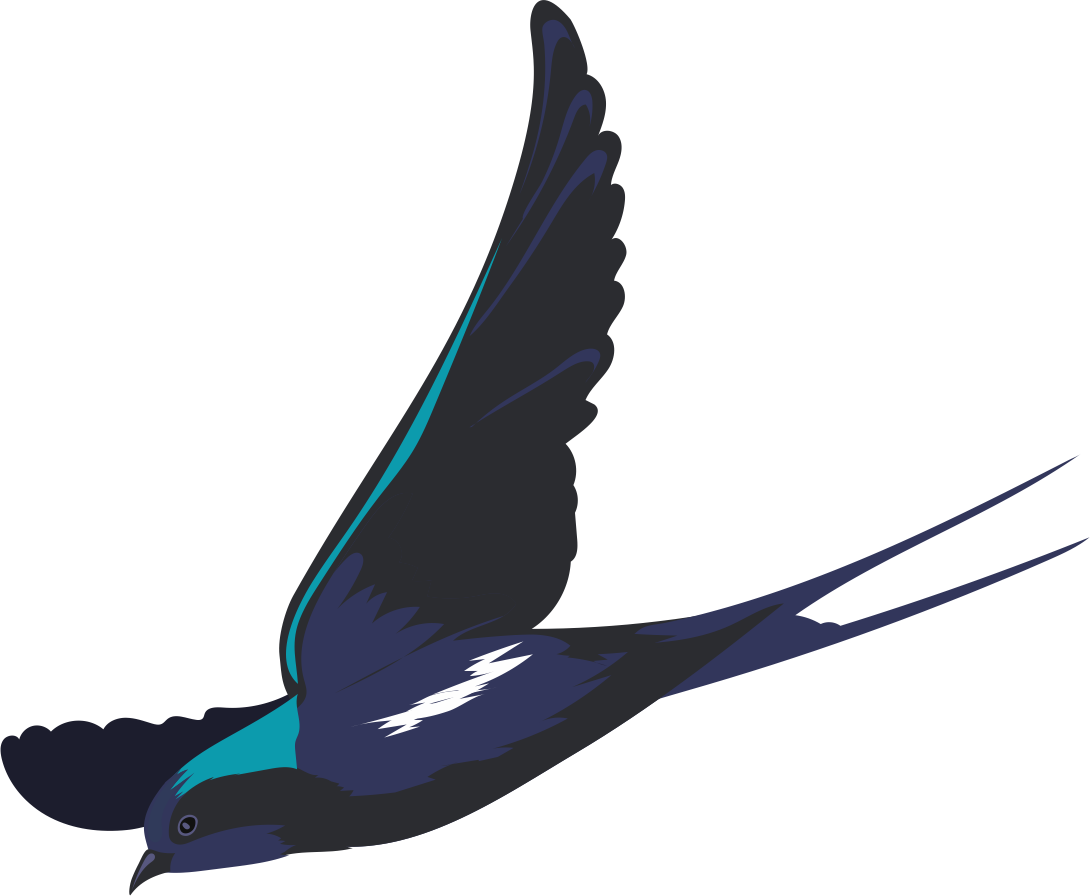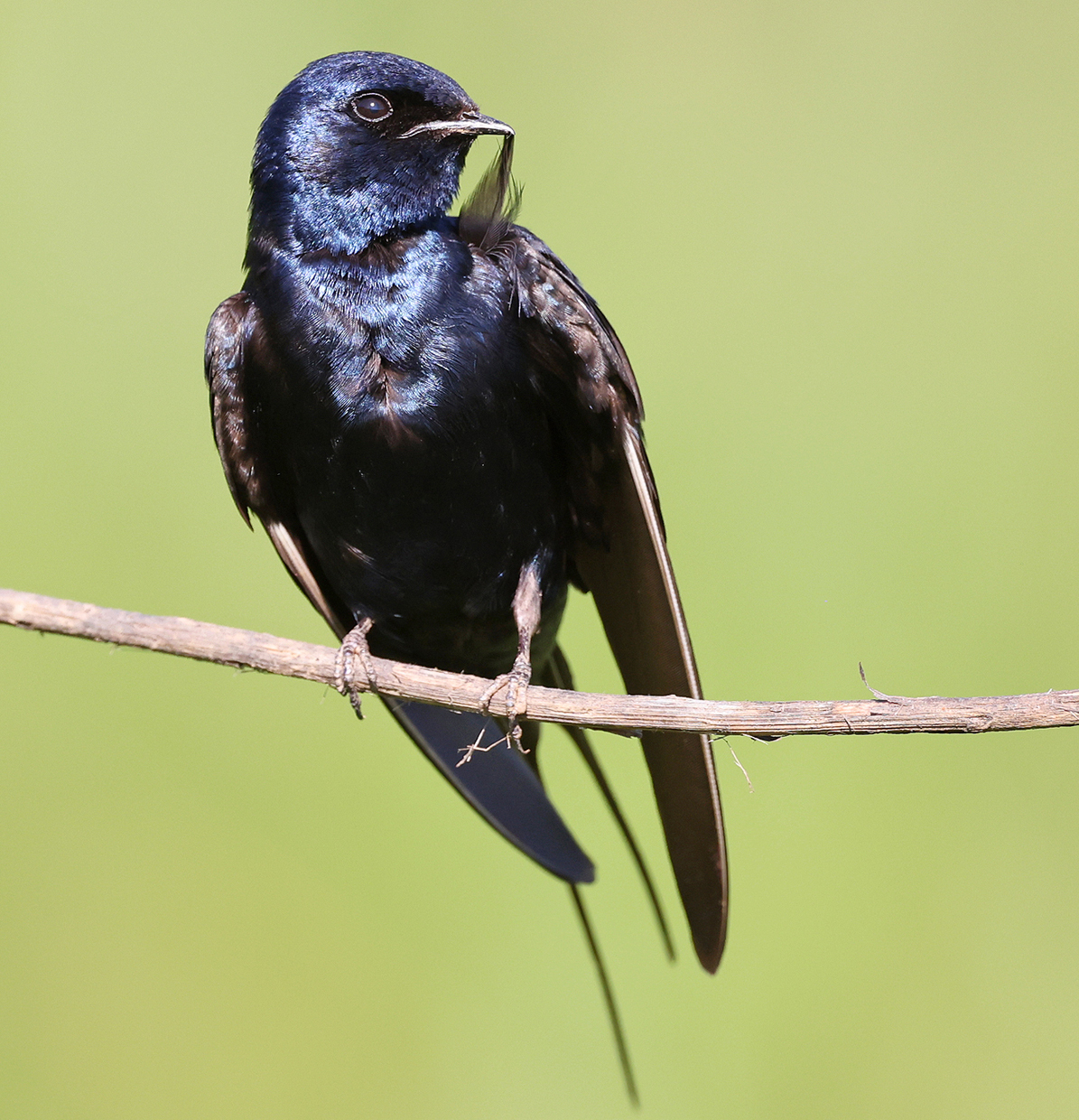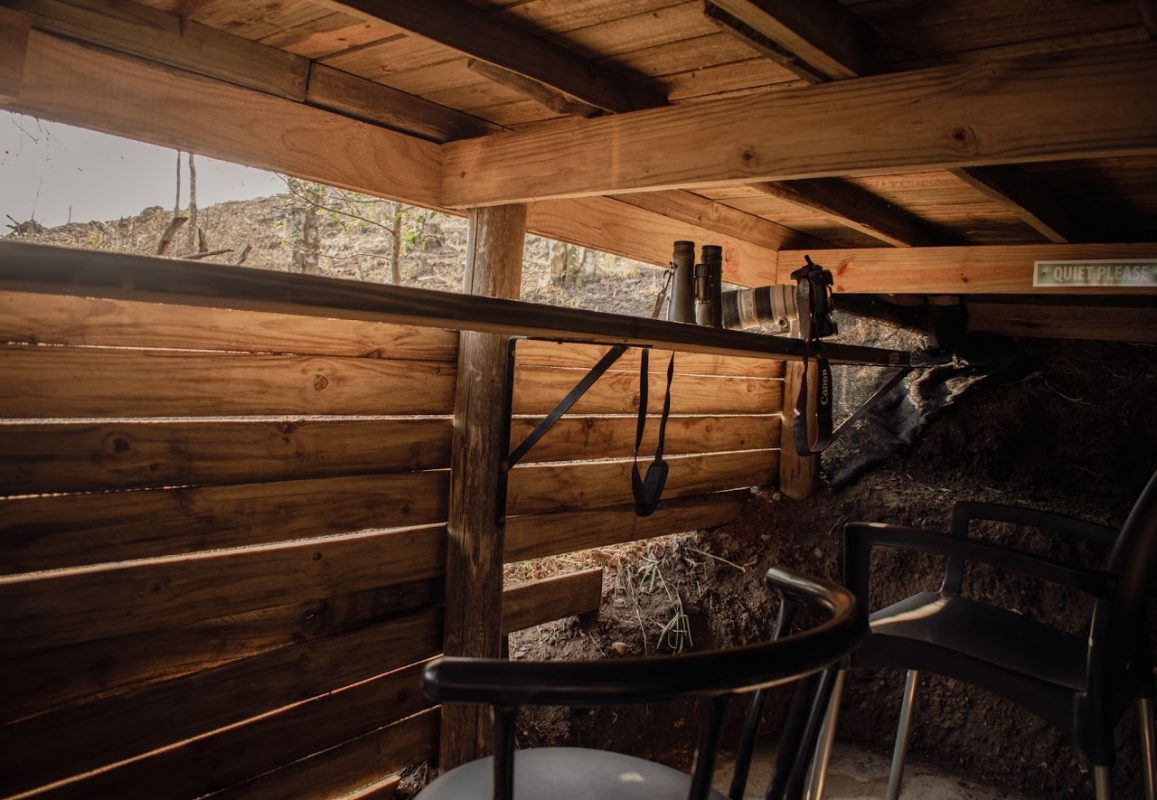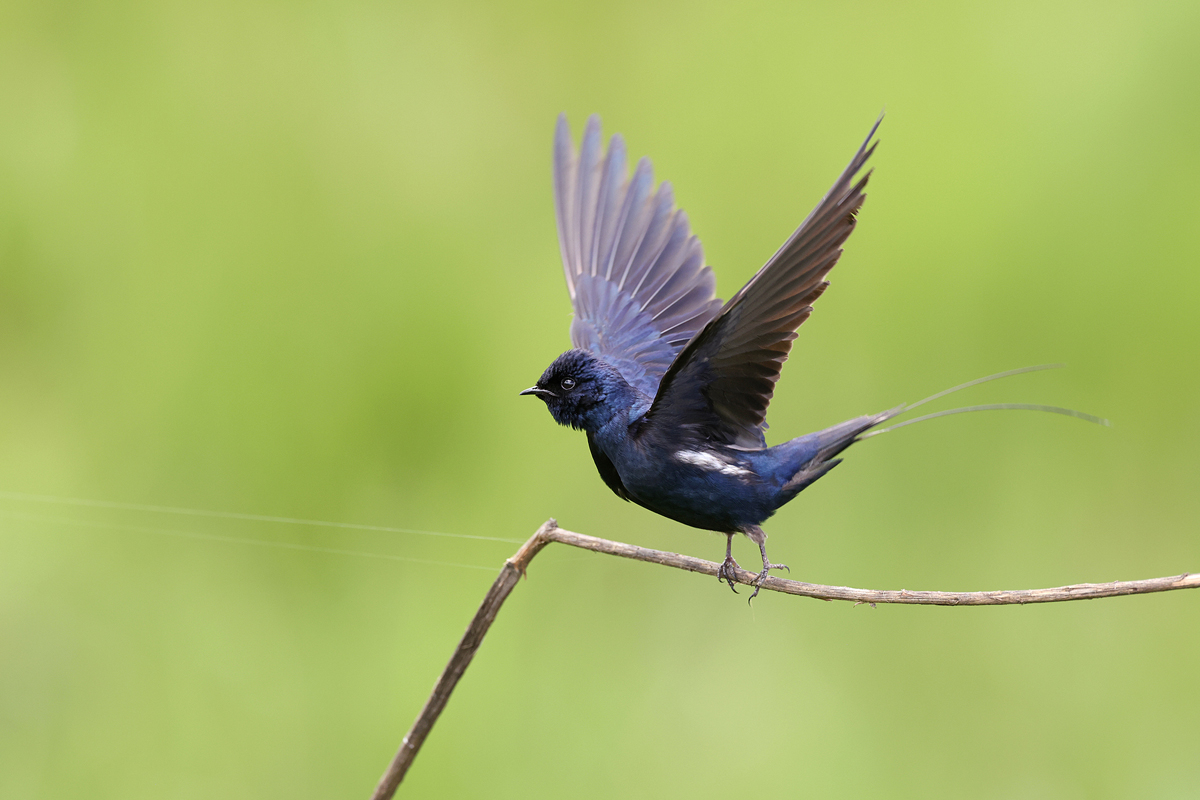The Blue Swallow (Hirundo atrocaerulea) is a critically endangered bird species that is particularly important to KwaZulu-Natal’s mistbelt grasslands. These grasslands are the primary habitat for the Blue Swallow, where they breed and forage during the summer months in South Africa. The species is also found in Limpopo and Mpumalanga provinces, as well as other parts of sub-Saharan Africa.
The Blue Swallow
Thula iNyoni – a birdwatchers’ paradise
At Thula iNyoni you can unplug and unwind in a unique and secluded cabin nestled in the canopy of a small piece of unspoiled mistbelt forest, on a family-owned farm in Richmond, KZN.
Roselands – the spirit of adventure
Roselands – The Spirit of Adventure, provides an unforgettable school camp experience where these beautiful birds can be found and learnt about.
Key aspects of the Blue Swallow in KwaZulu-Natal:
Endemic to Grasslands:
Blue Swallows are highly specialized to grassland habitats, especially the mistbelt grasslands of KwaZulu-Natal.
Intra-African Migrant:
They migrate from East Africa to South Africa for breeding during the summer, typically arriving in September and returning in April.

Critically Endangered:
The Blue Swallow is classified as critically endangered in South Africa, and vulnerable globally.
Habitat Loss:
A major threat to the species is the loss and degradation of their grassland habitat due to agriculture, afforestation, and other human activities.
Breeding Sites:
Blue Swallows nest in sinkholes, mine shafts, and similar locations within the grasslands.

Conservation Efforts:
Organizations like BirdLife South Africa are actively involved in monitoring populations, protecting breeding sites, and raising awareness about the plight of this species.
Specific Locations:
The Midlands Mistbelt Grasslands of KwaZulu-Natal, particularly the Richmond, Donnybrook, and Ixopo areas, are crucial breeding locations.
Monitoring and Stewardship:
BirdLife South Africa is working with landowners and partners on a stewardship project to monitor Blue Swallow populations and breeding success, and to promote conservation initiatives.

Blue Swallow photos courtesy of The Flacks Photography



